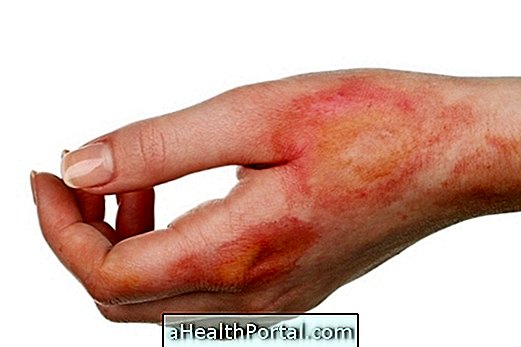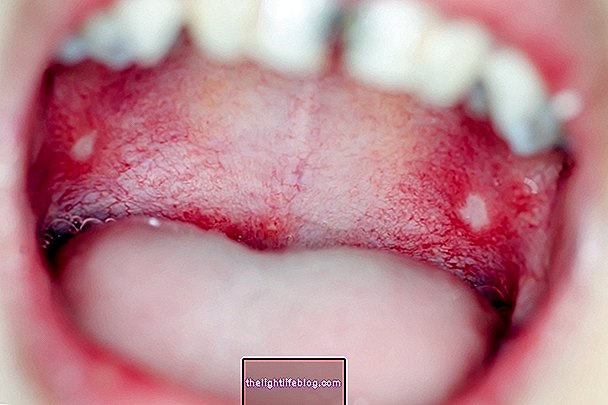Gardnerella vaginalis is a bacterium that inhabits the female intimate region, but is usually found in very low concentrations and does not produce any type of problem or symptom.
However, when Gardnerella concentrations increase because of risk factors such as cigarette smoking, frequent vaginal lavage, or multiple sexual partners, a vaginal infection, known as bacterial vaginosis or Gardnerella vaginitis, may develop.
This infection causes symptoms such as foul smell and yellowish discharge, but can be easily treated with antibiotics prescribed by the doctor and it is therefore recommended to consult the gynecologist whenever changes occur in the intimate region.

Main symptoms
The most common symptoms of Gardnerella vaginalis infection include:
- Yellowish or grayish discharge;
- Fetid smell, similar to rotten fish;
- Itching or burning sensation in the vagina;
- Pain during intimate contact.
In addition, there are cases in which the woman may experience minor bleeding, especially after intimate contact. In these cases, the foul smell may become even more intense, especially if a condom has not been used.
When this type of symptoms arises it is advised that the woman go to the gynecologist for tests such as the pap smear, which helps to detect other infections such as trichomoniasis or gonorrhea, which have similar symptoms but are treated differently.
In humans, the bacteria can also cause symptoms such as swelling and redness on the glans, painful urination or itching of the penis. These cases arise when the woman has the infection and has an unprotected relationship.
How to handle
There is still no specific cause for the onset of Gardnerella vaginalis infection , however, factors such as having multiple sexual partners, frequent vaginal lavage or using cigarettes appear to be related to an increased risk of having the infection.
This infection can not be considered a sexually transmitted disease once, which also happens in women who have not yet had sex.
To avoid getting this infection some recommendations include maintaining proper intimate hygiene, using a condom in all sexual reactions and avoid wearing very tight underwear.
How is the treatment done?
Treatment should always be directed by a gynecologist and include the use of antibiotics such as:
- Metronidazole:
- Clindamycin;
- Ampicillin.
These medicines should be used between 5 to 7 days and can be found in the form of tablets or as a vaginal cream, however, in the case of pregnant women, treatment should preferably be done with tablets.
If the symptoms do not disappear after the treatment period, the doctor should be informed, because if left untreated, Gardnerella vaginalis infection may lead to more serious complications such as infection of the uterus, urinary tract and, of the fallopian tubes.

























